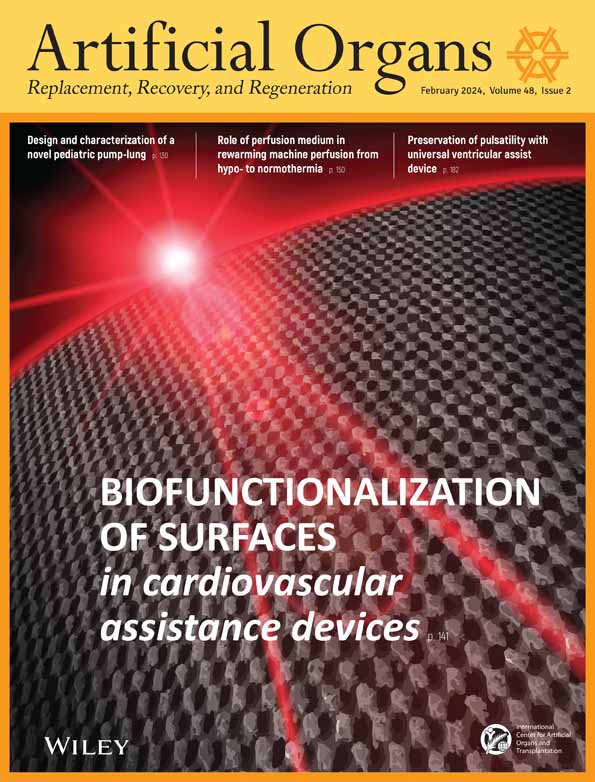Ventricular assist devices and sleep-disordered breathing—A mechanical heart stimulating a sleepy brain
Abstract
Sleep-disordered breathing, including obstructive sleep apnea (OSA) and central sleep apnea (CSA), is common in severe heart failure (HF) patients. There is limited data on the effect of left ventricular assist devices (LVAD) on sleep apnea. We performed a retrospective review of 350 durable LVAD patients and found 5 with a history of pre- and post-LVAD sleep studies. All five patients had OSA, and three had concomitant CSA. We observed reduced apnea-hypopnea index following LVAD placement. This was due to a near abolishment of CSA in three mixed sleep apnea patients—as seen by a central apnea index improvement from an average of 25.9 ± 13.1 to 1.4 ± 2.5 events per hour (p = 0.063). LVAD placement was associated with an increase in thermodilution cardiac output from 2.7 ± 0.6 to 4.1 ± 1.1 L/min (p = 0.014). These findings support chemoreception physiology seen in patients with poor circulation and the effect of restoring this circulation with LVAD support.




